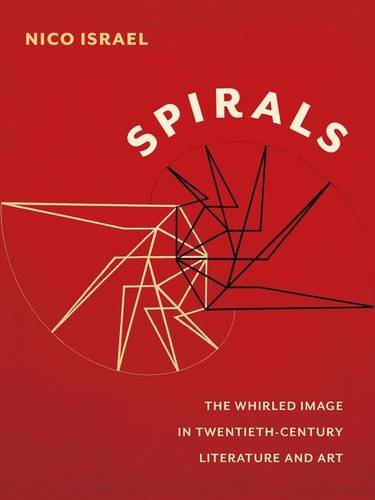

Most ebook files are in PDF format, so you can easily read them using various software such as Foxit Reader or directly on the Google Chrome browser.
Some ebook files are released by publishers in other formats such as .awz, .mobi, .epub, .fb2, etc. You may need to install specific software to read these formats on mobile/PC, such as Calibre.
Please read the tutorial at this link: https://ebookbell.com/faq
We offer FREE conversion to the popular formats you request; however, this may take some time. Therefore, right after payment, please email us, and we will try to provide the service as quickly as possible.
For some exceptional file formats or broken links (if any), please refrain from opening any disputes. Instead, email us first, and we will try to assist within a maximum of 6 hours.
EbookBell Team

4.0
26 reviewsIn this elegantly written and beautifully illustrated book, Nico Israel reveals how spirals are at the heart of the most significant literature and visual art of the twentieth century. Juxtaposing the work of writers and artists―including W. B. Yeats and Vladimir Tatlin, James Joyce and Marcel Duchamp, and Samuel Beckett and Robert Smithson―he argues that spirals provide a crucial frame for understanding the mutual involvement of modernity, history, and geopolitics, complicating the spatio-temporal logic of literary and artistic genres and of scholarly disciplines.
The book takes the spiral not only as its topic but as its method. Drawing on the writings of Walter Benjamin and Alain Badiou, Israel theorizes a way of reading spirals, responding to their dual-directionality as well as their affective power. The sensations associated with spirals––flying, falling, drowning, being smothered―reflect the anxieties of limits tested or breached, and Israel charts these limits as they widen from the local to the global and recoil back. Chapters mix literary and art history to explore 'pataphysics, Futurism, Vorticism, Dada and Surrealism, "Concentrisme," minimalism, and entropic earth art; a coda considers the work of novelist W. G. Sebald and contemporary artist William Kentridge. In Spirals, Israel offers a refreshingly original approach to the history of modernism and its aftermaths, one that gives modernist studies, comparative literature, and art criticism an important new spin.